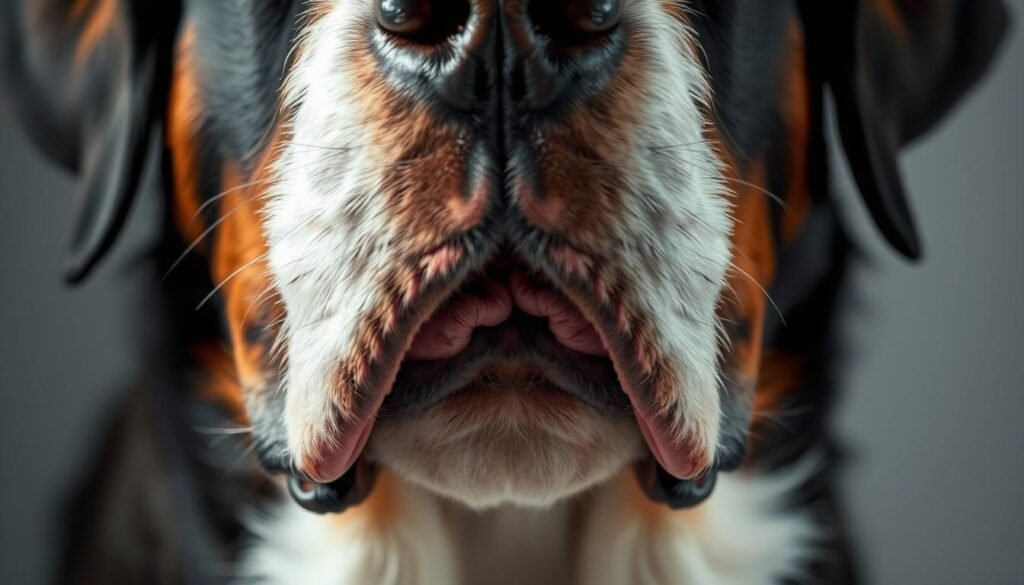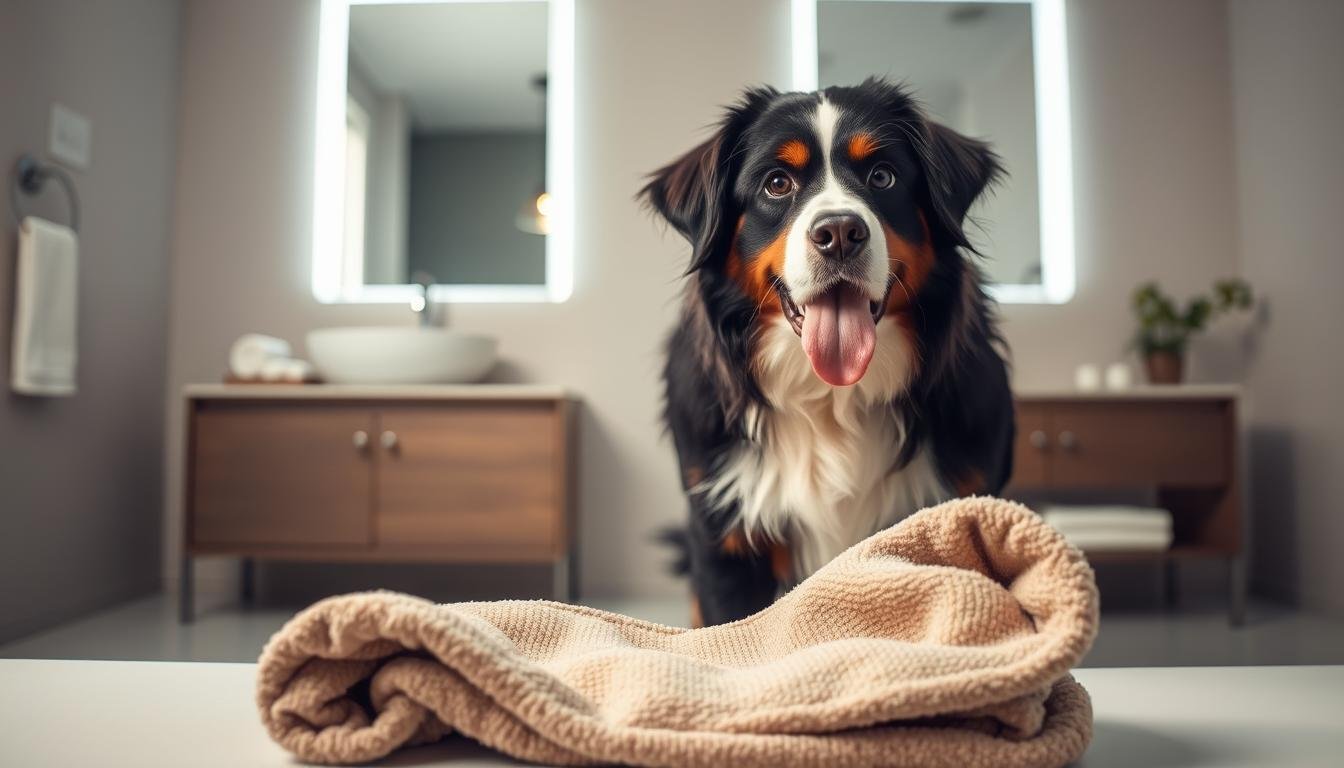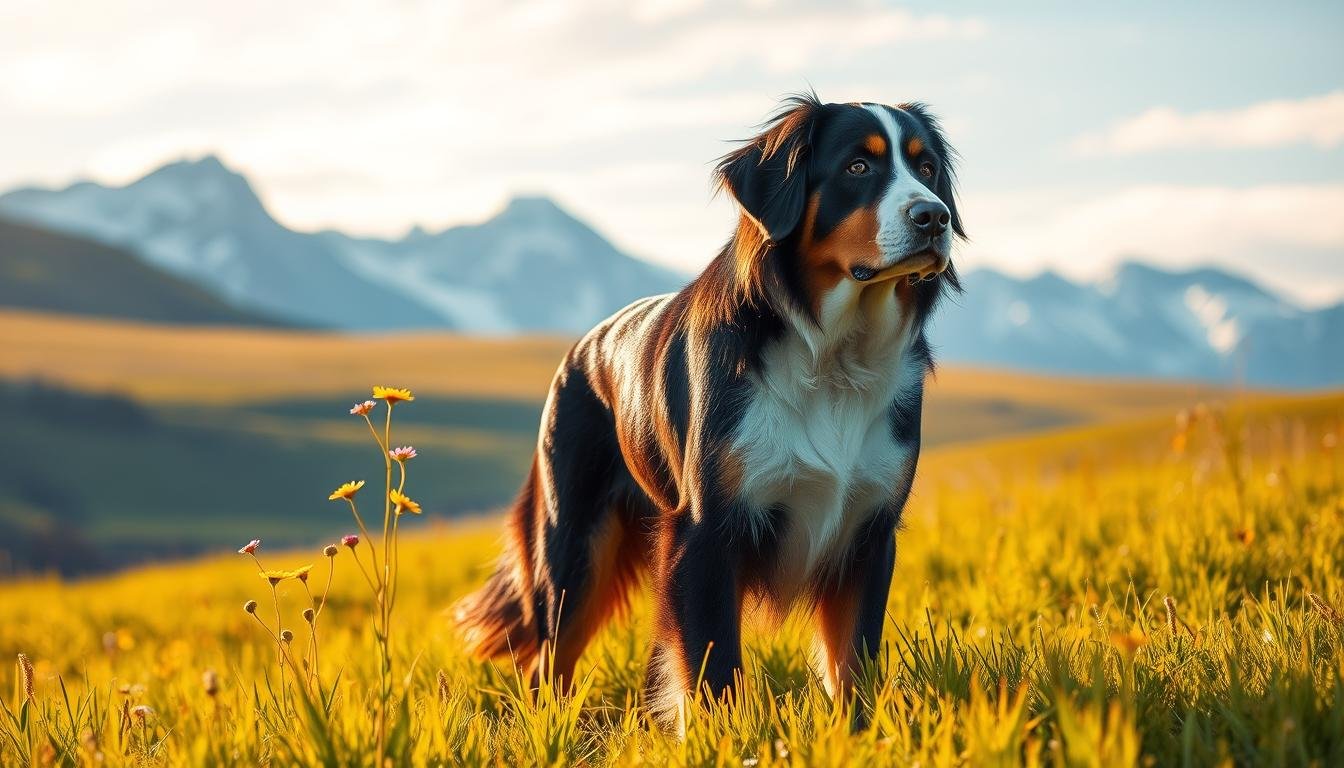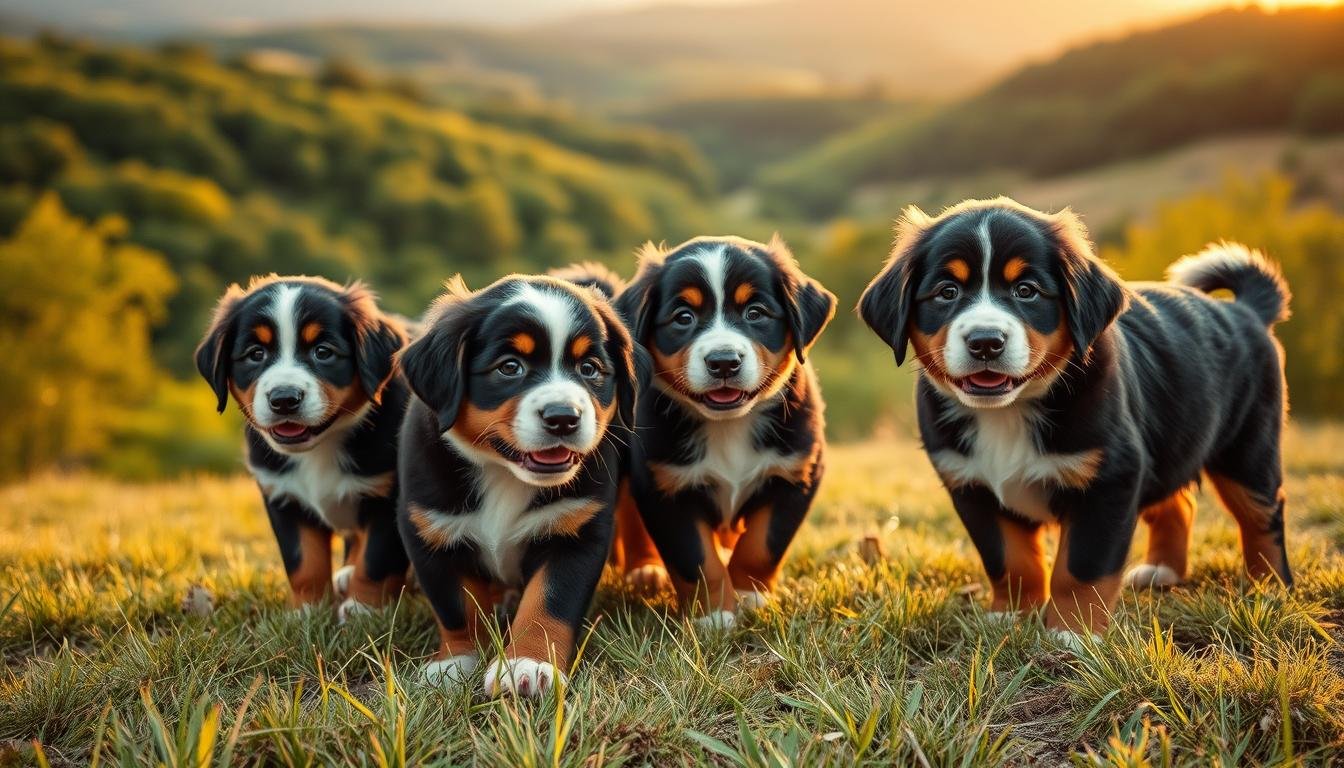Ever come home to find your couch wearing a glossy new coat of slobber? If you share your life with one of these fluffy giants, you’ve likely learned that towels aren’t just for baths—they’re home decor. We get it: loving a big-hearted companion means occasionally wading through puddles of enthusiasm.
Saliva plays a vital role in your pet’s health—it’s 98% water but packed with enzymes and antibacterial compounds. While those dribbles help with digestion and dental care, there’s a tipping point. When your floor starts resembling a water park, it’s time to ask: Is this normal, or is something wrong?
Our team lives this reality daily. We’ve decoded the science behind why some breeds could hydrate a small village with their spit. More importantly, we’ve mastered strategies to keep both your home and your four-legged friend thriving—no mop army required.
Key Takeaways
- Excessive drooling can signal health issues despite being common in certain breeds
- Saliva contains essential enzymes but requires monitoring when production spikes
- Practical solutions exist without compromising your pet’s joyful personality
- Learn to spot differences between breed quirks and medical red flags
- Effective management starts with understanding biological causes
Understanding Drooling in Bernese Mountain Dogs
That puddle on your floor isn’t just water—it’s a complex biological fluid working harder than a midnight janitor. While slobber might test your patience, it’s nature’s Swiss Army knife for your companion’s well-being.
The Role of Saliva in Canine Health
We’ve discovered that dog saliva acts like a multitasking superhero. Enzymes like amylase jumpstart digestion before food hits the stomach, while antibacterial agents wage war on odor-causing microbes. Think of it as built-in dish soap and air freshener—minus the lemon scent.
This liquid gold also protects teeth by flushing away food particles. Regular swallowing keeps everything in check—until the system gets overwhelmed. That’s when your floors become modern art installations.
Normal vs. Excessive Drooling
Typical saliva production looks like occasional drips during dinner or car rides. Problematic drooling? Picture Niagara Falls during spring thaw. Key indicators include soaked chest fur or sudden changes in consistency.
We recommend tracking patterns using a drool diary if you’re unsure. Most importantly—know your pup’s baseline. What’s normal for one might signal trouble for another.
Identifying the Root Causes of Bernese Mountain Dog Drool

Ever wonder why your floor doubles as a slip-and-slide? Let’s decode the faucet-like features behind those puddles. While some moisture is standard for large breeds, sudden Niagara Falls moments demand investigation.
Built-In Leakage Systems
Those signature floppy lips aren’t just for show—they’re biological drainpipes. Giant breeds sport jowls that hang like velvet curtains, creating perfect channels for saliva escape. Imagine trying to sip soup through a colander, and you’ll grasp their hydration challenges.
| Normal Causes | Excessive Triggers |
|---|---|
| Food anticipation | Oral injuries or tumors |
| Mild excitement | Severe dental disease |
| Brief car rides | Chronic motion sickness |
Triggers Beyond Anatomy
A whiff of bacon can turn your companion into a walking waterfall—thanks to 200 million scent receptors kickstarting their salivary factories. We’ve seen car rides morph into mobile splash zones, with nausea turning seat covers into abstract art.
“Dogs don’t drool out of spite—they’re simply built with enthusiastic plumbing.”
Dental issues often sneak up silently. Tartar buildup irritates gums, prompting excessive saliva production as the mouth’s defense mechanism. Veterinary experts confirm that sudden changes in drool consistency often signal health concerns needing professional attention.
Remember: Joyful greetings and mealtime madness cause temporary floods. But if your mop can’t keep up with the monsoon, it’s time to play detective.
Effective Strategies and Treatments for Dog Drooling
Imagine a world where your floors stay dry even with a slobbery companion—it’s possible with the right approach. We’ve transformed countless homes from soggy messes to functional spaces using methods that address both biology and behavior.
At-Home Remedies and Practical Tips
Start with simple fixes that make life easier. Fashionable bandannas aren’t just accessories—they’re moisture-wiping superheroes disguised as neckwear. Keep absorbent towels in high-traffic zones like kitchen entries or couch corners.
For pets who turn into leaky faucets during dinner prep, try pre-meal play sessions. A tired pup licks less. Create quiet retreats during parties using baby gates—your guest’s shoes will thank you.
Guidance from Our Veterinarians
Persistent problems often need professional care. Dental cleanings remove tartar buildup that irritates gums, while nausea meds before car rides prevent mobile puddle creation. Watch for red flags like pawing at the mouth or refusing treats—these scream “vet visit needed.”
We’ve seen stomach issues cause drool tsunamis. Treating food sensitivities or infections often dries up the flood. Remember: temporary excitement drips are normal, but week-long moisture marathons demand investigation.
Conclusion
Living with a slobbery companion doesn’t mean surrendering to soggy chaos. While some breeds naturally produce more saliva, understanding your pet’s baseline helps distinguish playful drips from concerning floods. We’ve shared strategies that let you enjoy those big-dog cuddles without building an ark.
Know your pet’s habits—what’s typical for one might worry another. Regular teeth checks prevent mouth issues that trigger excess moisture. Sudden changes? Could signal stomach troubles or dental pain needing a vet’s eye.
Keep those stylish bandanas handy and towels within reach. Remember: our tips help manage nature’s sprinkler system, but persistent problems require professional insight. This post offers guidance, not medical advice—when in doubt, consult your vet. Here’s to joyful moments with your fluffy friend, slightly damp but always loved.




